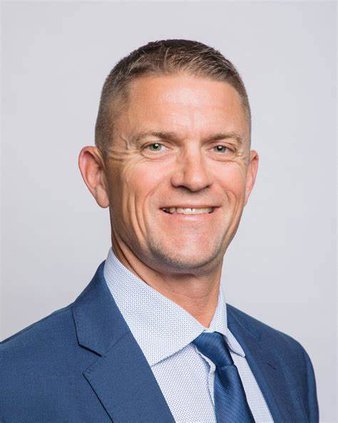The DeKalb County Commission met with the DeKalb School Board last week in a workshop set to address a proposed new school to replace the current Smithville Elementary. While no formal agreement on the school has been reached, and faced with the prospect of having to raise property taxes or a possible wheel tax to fund a needed jail/judicial center, the County seems to be kicking the ball into the school board’s court over a new proposed school.
The workshop was held on Tuesday, November 28, to discuss funding for the construction of a new 800-student Pre-K to 2nd grade elementary.
The current SES building was built in 1958, and is now 70,557 square feet in size. In August it reported 550 students enrolled. Smithville Elementary is now 65 years old, the other four schools are aging as well. The high school is 60 years old and both the middle and west school are close to 50 years old. Northside Elementary has been in existence for almost 25 years.
In 2017, a facilities study by Upland Design Group, concluded that the school, which had mold and other concerns, should be replaced and repurposed. In October 2022 the estimated cost for the project was reported at $46,199,875.
County officials say the school could be built without raising taxes or a wheel tax if the school board is willing to contribute.
According to fiscal agent Steve Bates, the school project could be funded using available local option sales tax funds and interest income on bond proceeds, but the school board would need to be willing to contribute $2 million from its $10 million fund balance (reserves) to make the plan work.
The county would also need a commitment from the cities and school board to extend the existing sales tax agreements between the parties which expire July 16, 2037. Under those agreements, the cities turn over to the county for schools a greater percentage of their local option sales tax collections than they would otherwise be required to do. That money goes into what is called the Local Purpose Tax Fund for Schools to help fund school operation and debt.
“The best-case scenario would be to extend the sales tax agreements between the county, cities, and school board (beyond 2037) in order to do 30-year bonds, but do an emission of bonds to build the school and amortize it over a 15-year period with a $ 2 million contribution from the Board of Education from their fund balance together with a contribution from local purpose (local option sales tax fund)” Bates explained.
“Under this plan, we (county) would take $5.6 million (from local purpose/sales tax fund) together with the school’s $2 million contribution and together with bond proceeds issue an amount of bonds to build the school. By amortizing it quickly over 15 years then it opens up future borrowing capacity for another school to be built once that issue is paid off,” said Bates.
The School Board seems reluctant to make a $2 million commitment from the school district’s fund balance because of other needs, including some that are state mandated, which either are being or may have to be financially supported locally from the fund balance (reserves).
“We have concerns about them (county) asking us to contribute $2 million from our fund balance (reserves). Right now, we (school district) have close to $9.9 million in our reserves (fund balance) and that is healthy but when you run a budget of up to $29 million then $9 million is not a whole lot of money and to think that we could possibly be pulling $2 million out of that and suddenly be down to $7.9 million left in reserves is a cause of worry for me. We (school district and school board) have been good stewards of the money and because of that we have been able to give pay raises to our employees without having to ask the county commission for more local funding to do that and I would not want to harm that ability. I would like for us (school district) to be able to take care of our business with our money and not have to ask for more from the county,” said Director Cripps.
“There are also mandates we have to meet which are not funded by the state,” Cripps continued. “Right now, we are able to cover those (costs) with some of the grants we have been able to write because of COVID but those end this year so we will have to come up with additional money to fund those mandates and that comes at a cost to our local budget. So again, it concerns me having to go into our (school) reserves for anything and if we have to go deeper into our reserves to help pay for a new school that scares me even more. And really, although we certainly need new schools, if we don’t have quality teachers and quality support staff in our building working because we are not able to take care of them with their pay it really doesn’t matter what kind of building you have,” said Director Cripps.





